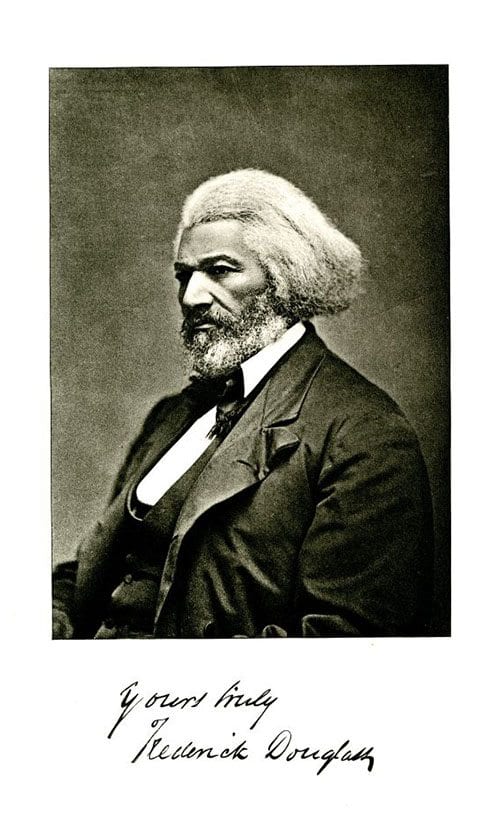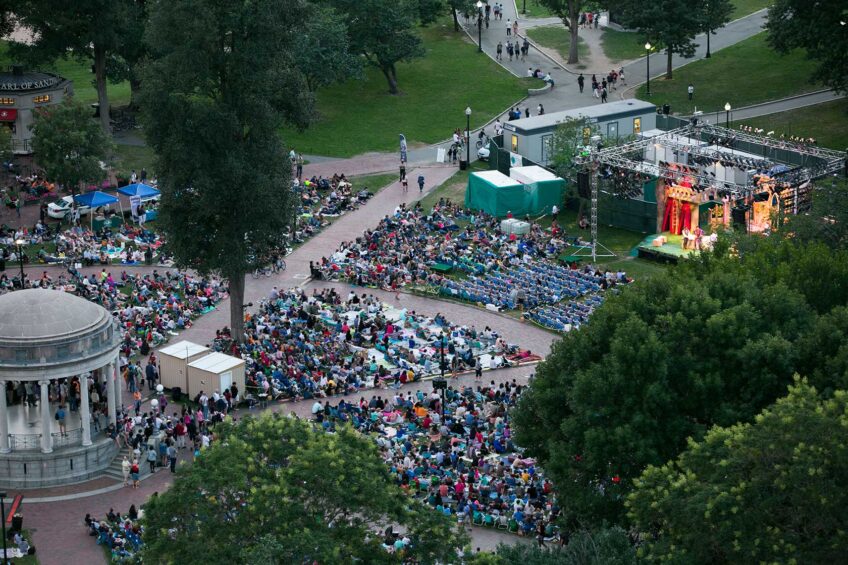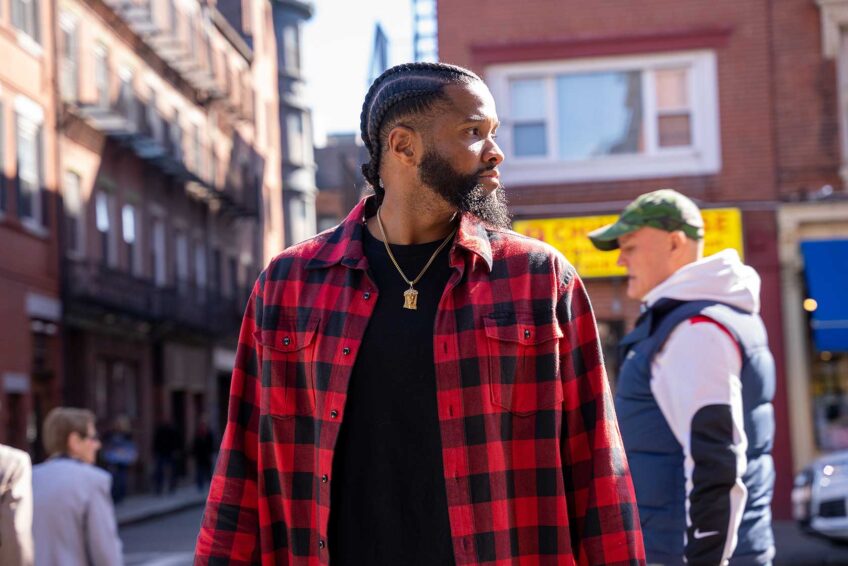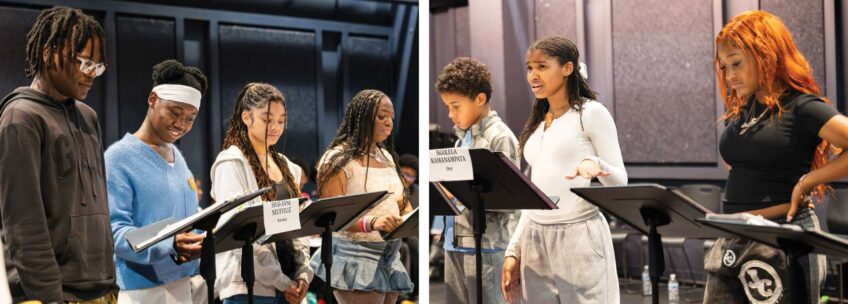
Frederick Douglass is known as a barrier-breaking abolitionist, a freed slave and a relentless fighter for human rights. But he was also a man in love with the camera, and emerged from the 19th century as the most photographed American of the time. “Picturing Frederick Douglass,” a new exhibit at the Museum of African American History in Beacon Hill, takes a look at the historic depictions of Douglass that shape our view of the man and his life.
If you go
”Picturing Frederick Douglass” is showing at the Museum of African American History through July 31, 2017 at 46 Joy Street, Boston. Visit: maah.org.
The two-story exhibit features both large-scale reproductions of photographs and original prints, etchings and daguerreotypes. Co-curator Dr. John Stauffer of Harvard University says the reproductions allow viewers to see textural details that would otherwise be hidden in a tiny print. A handy timeline on the back wall illustrates camera technology throughout Douglass’ lifetime.
Some images are iconic, like the engraving by John Chester Buttre that served as the cover of Douglass’s book “My Bondage and My Freedom” (1855). This was one of the most popular and widely circulated images of Douglass until after the civil war. Other photographs are rarer: for example, a shot of Douglass with his young daughter, one of the only images we have of the man as a father rather than a public figure.
An exacting subject
Rather than simply a display of Douglass’s depictions, the exhibit reveals his interest in the artistry behind the lens.
“Douglass had great faith in the power of the camera,” says Stauffer.
He was extremely particular about how he be portrayed, rejecting elaborate backdrops and props in favor of a minimalistic aesthetic. In a rare prop portrait done in 1870 by George Schreiber, Douglass holds Lincoln’s cane, a gift of friendship from Mary Todd Lincoln.
As the curators, Stauffer and Zoe Trodd of the University of Nottingham, explained, Douglass was meticulous in all aspects of his life for a reason. His impeccably executed photographs, speeches, dress and way of life proved his equality and even superiority to the white citizens he was compared to.
“Douglass fought the first great visual battle in America,” says Trodd.
Now we face a different kind of battle. With the advent of social media, our visual language has been expanded at an overwhelming rate. The curators note the timeliness of the exhibit with the advent of the Black Lives Matter movement and the uptick in racial shootings around the country.
The second floor of “Picturing Frederick Douglass” takes the legendary freedom fighter into the modern era. The room features contemporary murals of Douglass, as well as comic books and an intricately designed quilt, all illustrating the way the man continually pervades our art and our lives.
“Douglass is the most muralized person in America,” says Trodd. “He’s still a presence in communities across the country.”







